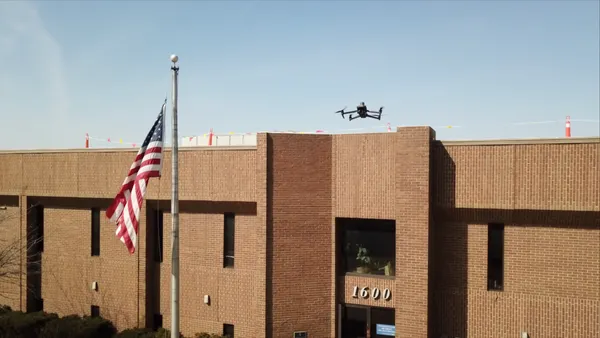Dive Brief:
- Leaders in business and city government urged their counterparts to use technology and data to combat the opioid crisis; in helping push residents towards treatment and to track problem areas.
- Cities should use dashboards to collect information and then provide it to emergency services and residents said Tempe, AZ City Council member Joel Navarro and Richard Leadbeater, global solutions manager for state government and trade associations industries at ESRI. Both spoke on a panel discussion — "Successful Strategies to Address the Opioid Crisis" — at the National League of Cities' Congressional Cities Conference, in Washington, DC.
- Leadbeater, citing the example of the Mayor's Dashboard in Annapolis, MD, said the software keeps track of overdose reports as well as available beds in treatment centers, which the centers add to the database. First responders typically log overdose reports as part of their normal incident reporting procedure.
—Dive Insight:
Cities are already trying innovative approaches to get on top of the opioid crisis, including the introduction of "safe injection sites" and by using technology such as robots to sort through sewage.
The solution floated at this panel discussion brings together data and makes it visible to the public and to city leaders, similar to what is set to be done in Baltimore with its five-year "inclusive digital transformation" plan.
Leadbeater said the approach has already had an enormous impact in Annapolis. The city used to lose three out of every four people who came seeking treatment for opioid addiction because the system was too cumbersome and inefficient to place them in a center quickly enough.
Now, nine out of every 10 people who want treatment get it, thanks to the dashboard. "The technology was stupid-simple, but applying it to a people problem was genius," Leadbeater said.
Navarro, who is a Division Chief in the Phoenix Fire Department responsible for Emergency Medical Services, said it was relatively easy to pull reports by first responders and input them into a dashboard, especially in an environment where city departments were encouraged to collaborate. "I did not have to beg people, and people were very interested in trying to tackle things," he said.










